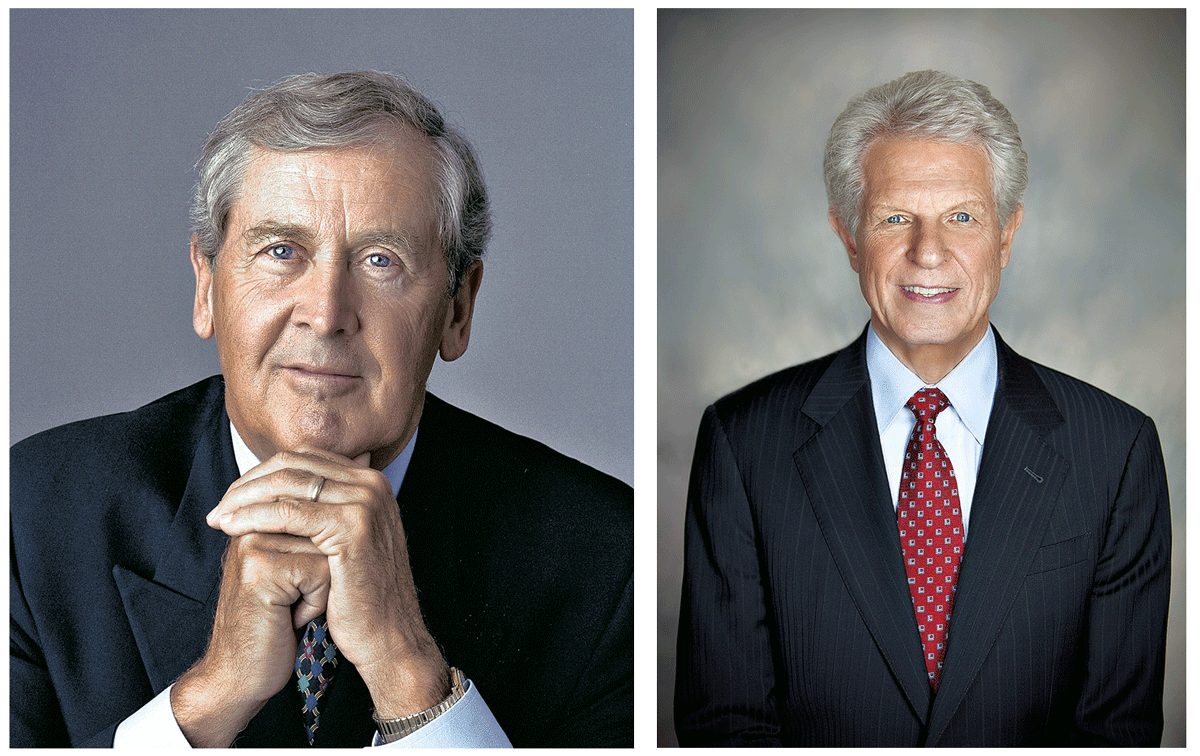If properly designed, brands should promise relevant differentiated benefits to their target customers.
Carefully choosing the most powerful benefits will not only result in brand preference, but brand insistence. That is, the brand will be perceived to be the only viable solution for the customer’s need. Put another way, the customer will not pursue substitutes if the brand is not available. The brand establishes a consideration set of one.
The optimal benefits for a brand to claim are those that are:
(1) very important to the target customer
(2) supported by organizational strengths
(3) not being addressed by the competition
Ideally, the brand tries to ‘own’ only one or two key benefits, as that is all a customer will remember. The benefits should be understandable, believable, unique and compelling.
A brand’s promise can be stated as follows:
Only [brand] delivers [unique differentiating benefit] to [target customer].
Following are the most common sources of brand differentiation [unique differentiating benefits]:
- The brand stands for something important to the customer: Its values align with the customer’s values, It reinforces the customer’s self image or how the customer aspires to be perceived, It can serve as a ‘badge’ or other form of self-expression
- It possesses admirable qualities
- It provides unique or superior customer service
- It delivers a unique product purchase or usage experience
- It is entertaining
- It delivers superior performance
- It is venerated, has heritage (continuity, trustworthy leader, since …)
- It is the technology leader
- It has noble aims/values
- It tells an engaging story about itself
- Its founder has unique, admirable qualities
- It was first — a pioneer — in its market
- It is the most popular brand with the most customers or the largest market share
- It is the category innovator
- It is perceived to possess positive momentum
- It is the ‘next’ big thing, using ‘next generation’ technology
- It is the most convenient or easy to find and use
- It focuses on a particular customer segment and has become an expert in meeting that segment’s needs
- It comes from a country or region that is known for its excellence in the brand’s product category
- It is the leading expert/specialist in a particular area
- It is the choice of experts
- It delivers the best overall value for the price
- Its products are crafted with great care by hand
- Its products are completely natural/organic with no artificial additives
- Its products have a unique, unrivaled styling/packaging
- It is quintessential – it defines its category
The brand promise should be reinforced with proof points to substantiate its claim, that is, to make it believable. The following are the most common types of proof points or ‘reasons to believe’:
- Expert endorsements
- Top ratings by independent authorities
- Industry analyst reports
- Third party certifications
- ‘Blue chip’ customer list
- What 9 out of 10 experts prefer/use
- Customer testimonials
- Leadership in any of the following: Number of customers, Number of locations, Number of transactions, Overall sales, Market share
Side by side tests with competitive brands - Looks/feels/performs different(ly)
- Before and after comparisons
- Year of founding (since…)
- Patented technology
- Secret/magic ingredients
- Superior ingredients
- Ingredient brands
- Unique process
- Extensive publicity
- Unconditional, money-back guarantee
The Blake Project Can Help Differentiate Your Brand: The Brand Positioning Workshop
Branding Strategy Insider is a service of The Blake Project: a strategic brand consultancy helping brands create and communicate value through Brand Research, Brand Strategy, Brand Licensing and Brand Education





2 comments
David Taylor(from Where'sTheSausage)
December 14, 2006 at 9:32 am
In addition to the “what” your brand delivers, the “how” you deliver can also a really important source of differentiation. Its about a combination of smart strategy PLUS excellent execution. Some of things can help differentiate through execution include:
– Tone of voice
– Colours/symbols
– Spokespeople (real or imaginary)
– Being first to market
– Over-commiting in investment
Vlad Timchenko
December 15, 2006 at 3:51 pm
C.A.T. (competitive advantage tool) – philosopher stone of advertising…
It’s a very useful tool to build strong brand will form such customers’ attitude that will allow effective usage of value pricing; strong brand forms inspirational attitude towards it, and that drive sales and grow market share. (examples: Nescafe, Coca-Cola in FMCG, Apple with its products in electronics, Nokia, Sony-Erickson in mobile phones; HSBC in banking, Vodafone in mobile communications, Armani, D&G, CAT in wear and many more).
Comments are closed.